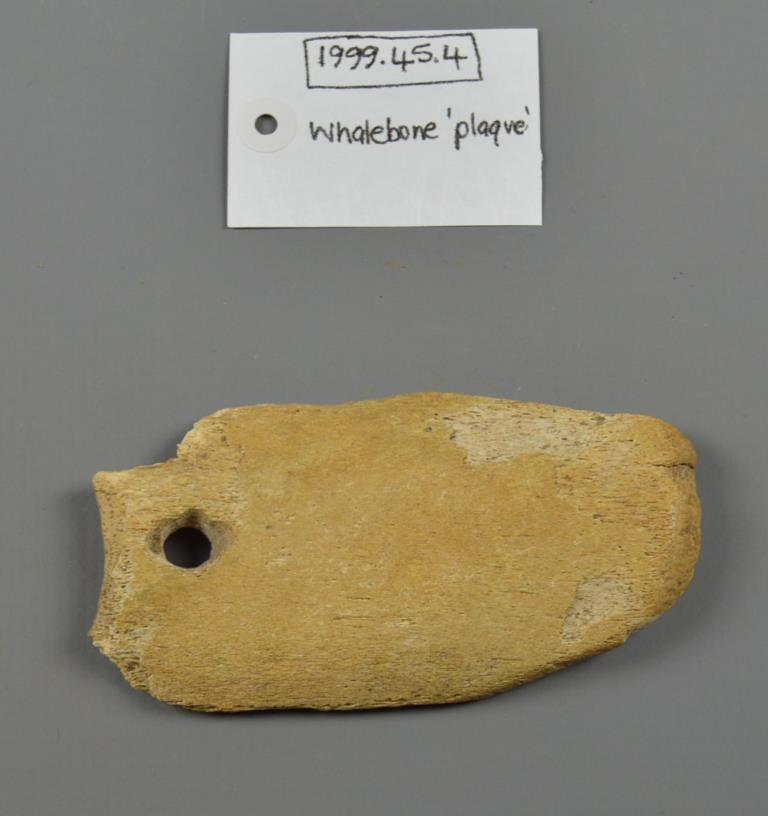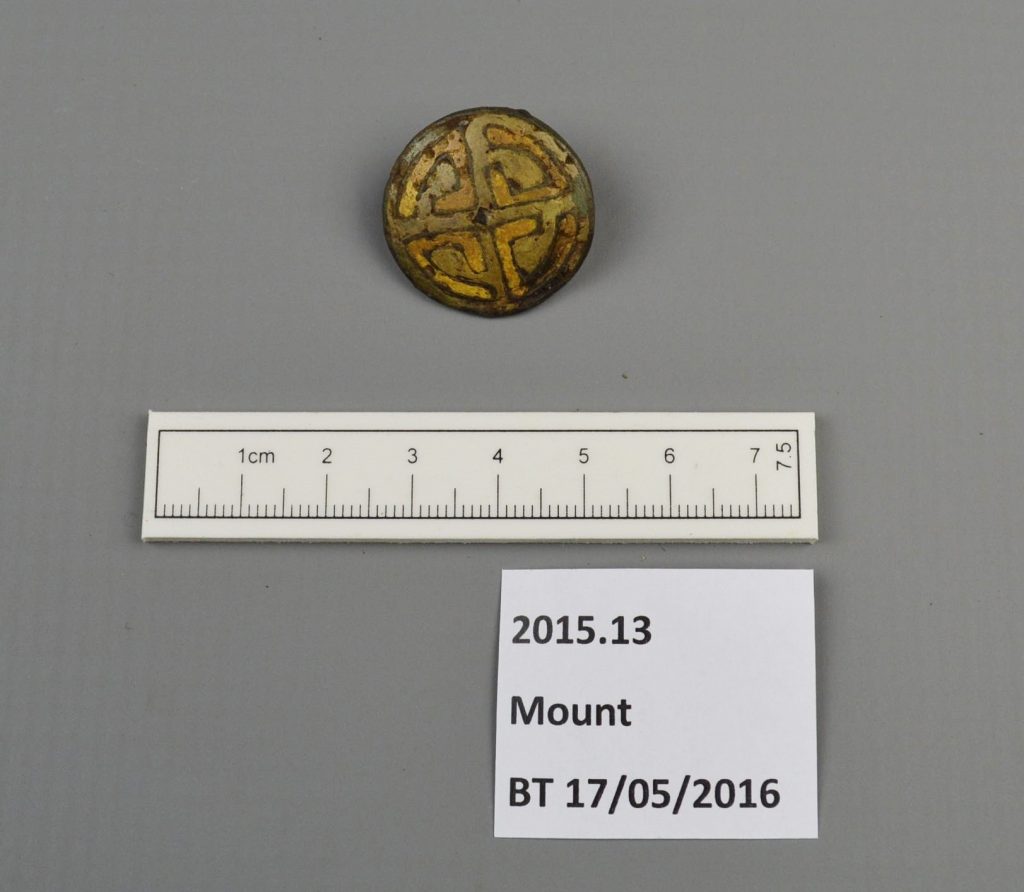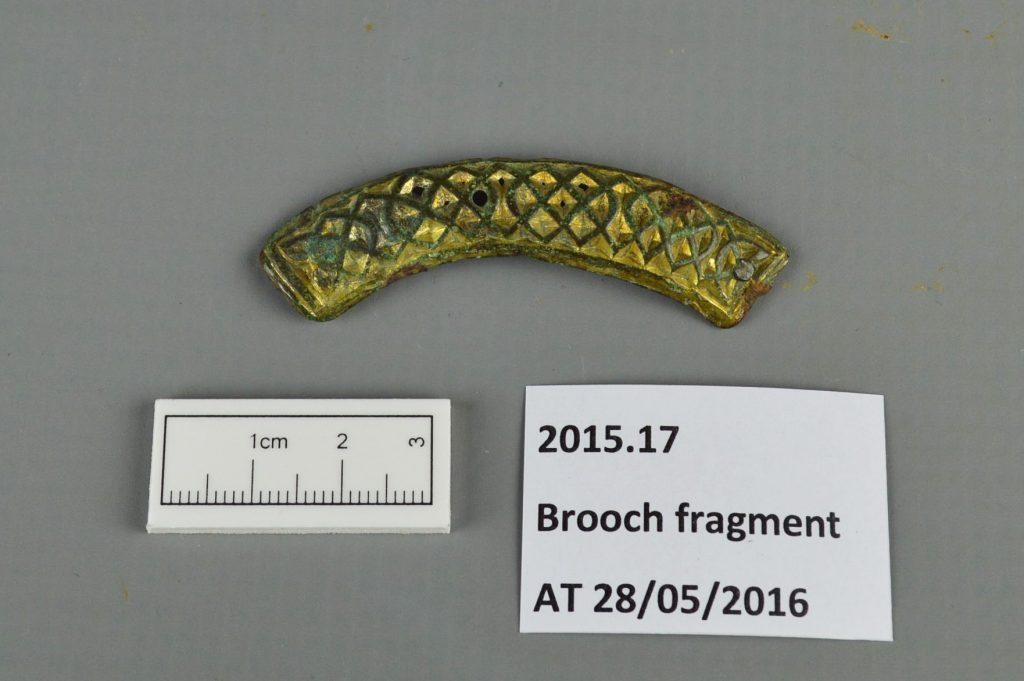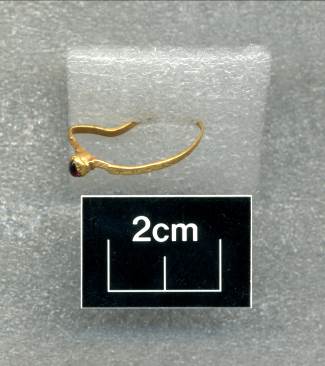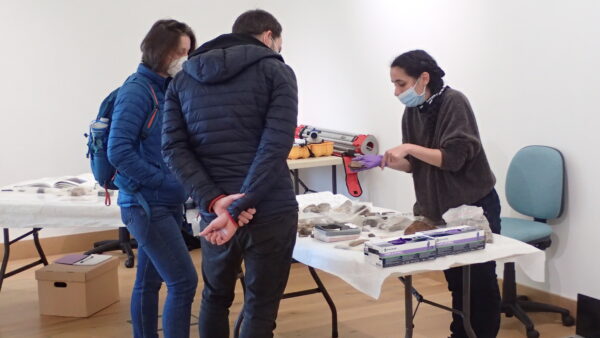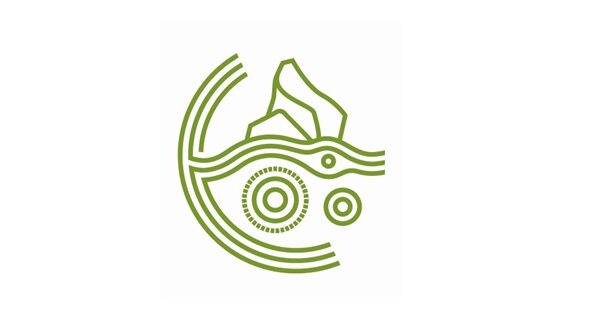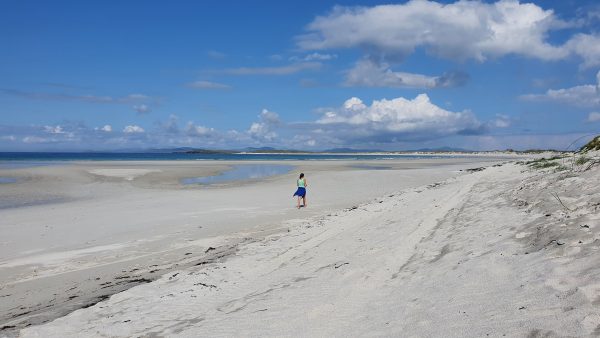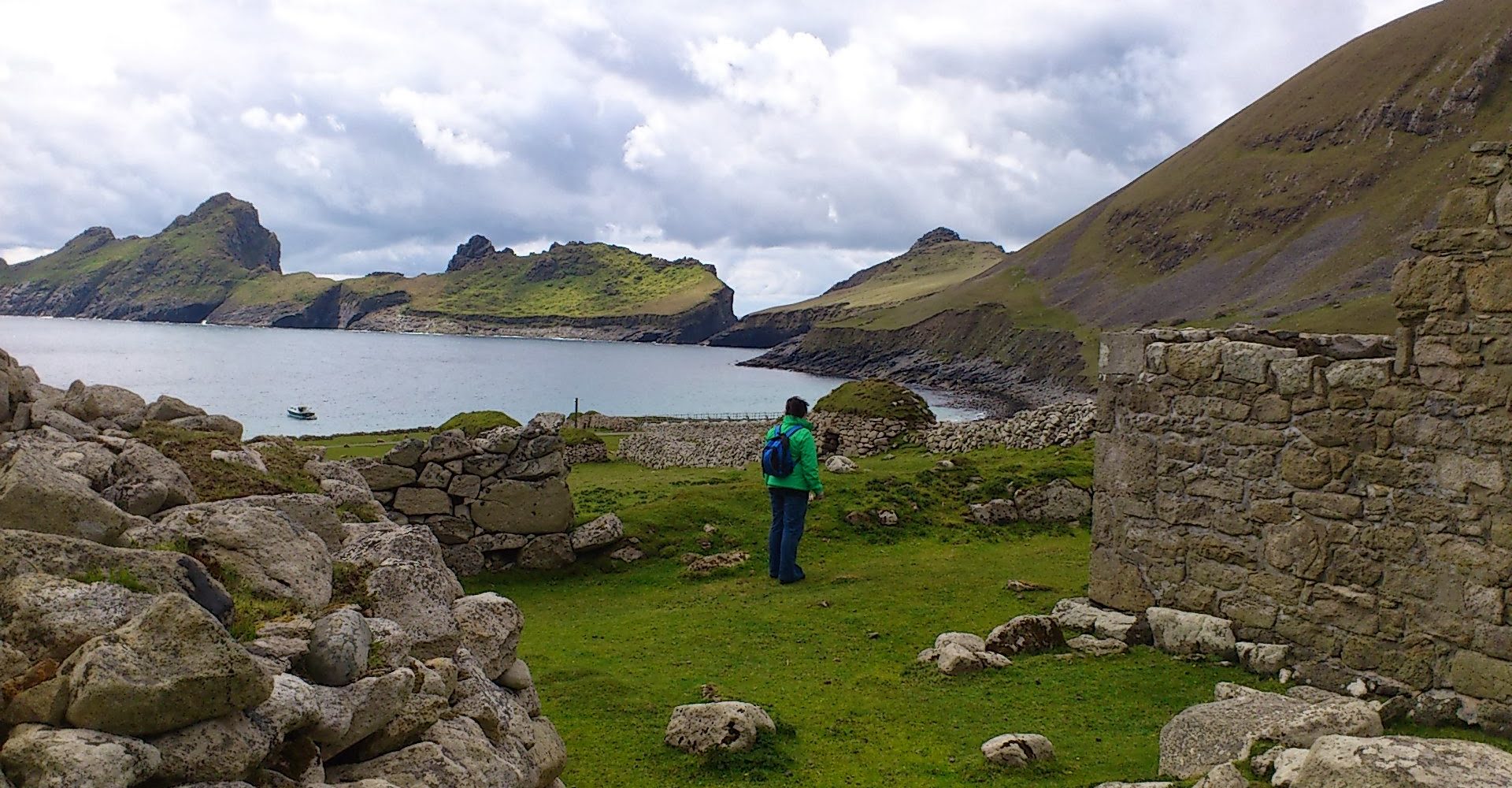
Think you’ve found some archaeology?
Update no 3 on the Sònraichte Project by Sam Ferrer, Project Officer
The Outer Hebrides has a long history of human occupation much of which is still buried under the sand and peat, yet to be discovered. There is a chance you might find something interesting while hiking, especially if known archaeological sites are nearby. You can help us by reporting everything you might find.
So you’ve found something, now what?
Record
The first thing is to record the findspot. You can use a GPS device to get the National Grid Reference but if you don’t have one, try to be as accurate as possible in plotting the find spot onto a map, preferably an OS map.
Finds can be loose on the surface or partially buried. If you’ve found something loose, bag it with the findspot information; if it’s still in the earth leave it in place, perhaps try to cover or protect it with something and record the findspot as well. Take a photo of it in its location if you can.
If you have a bagged object, you should not clean the object or apply any oil, wax, or other solution; this will affect or even damage the object. Every time you clean an artefact, you assist with its deterioration, so – tempting as it is – it’s a big NO to cleaning until it’s been checked by a specialist! Do try to have a minimum description of the object, especially the type of material: stone, ceramic or metal. Dimensions can be useful too, even if they’re approximate. If you feel more into it, there are some handy guides to help you describe the objects which you can find by following this link.
Do take photos of the find in good lighting, from all possible angles.
Report
Under Scottish law, all portable antiquities of archaeological, historical or cultural significance are subject to claim by the Crown through the Treasure Trove system and must be reported. The Treasure Trove system safeguards portable antiquities of archaeological, historical and cultural significance found in Scotland and enables their allocation to Accredited Scottish museums.
Your part is in helping us to enjoy those finds from our past ancestors. Anything that you find must be reported, even if you think it’s insignificant. If you find animal bones, you could leave them in place. However, if you suspect that they’re human, please call Police Scotland.
Your first contact will be either with your local archaeologist or directly with the Treasure Trove Unit (TTU).
What if I don’t want to report my find?
Non-reported portable antiquities cannot be owned by anyone else if the Crown has not been given the opportunity, by reporting, of exercising its right of ownership. Furthermore, there is no time limit concerning the non-reporting of items; they remain the Crown’s property in perpetuity. So, in this case, you as a finder have no ownership rights for artefacts that have not been reported to the Crown – not even if you’re the landowner!
Usually, it will be necessary for the item to go to TTU, which will retain it in safe storage until its future is determined.
Keeping it
Once you report your find, the TTU has to determine its significance. From here, there are two possibilities: a claim or a no claim.
If your find is not claimed, the TTU will issue a finds certificate and send it back to you with the find. But if the Treasure Trove Unit claims the find, it will go through a more complex process.
The Treasure Trove Unit advises the Queen’s & Lord Treasurer’s Remembrancer (QLTR) about the claim. Then, it will advertise it to museums in Scotland that may want to acquire the find for their collection. An allocation process starts through the Scottish Archaeological Finds Allocation Panel. Once the find is allocated to a museum, the QLTR will send you an ex-gratia reward and a finds certificate.
Whether your find is claimed or not, you get the reward and satisfaction of helping to preserve the local archaeological and historical record. It’s a win-win situation, so please, report any finds!
Scroll through the image gallery below to view a selection of some of the finds which have been allocated to Museum nan Eilean:
The ‘Sònraichte’ Project is funded by Museums Galleries Scotland.
This article was originally posted on our blog 19/8/21

